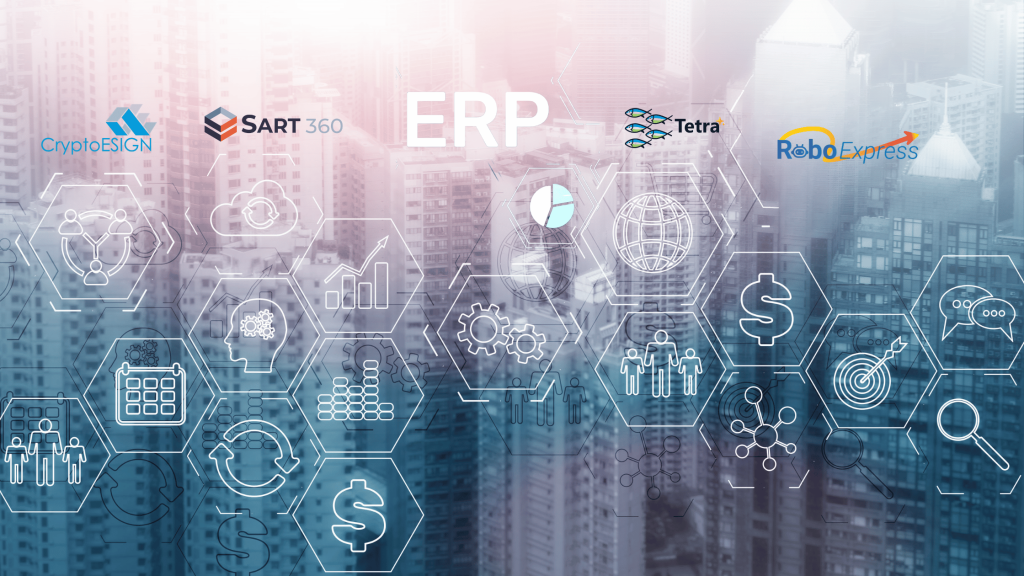
In the modern enterprise, software sprawl has quietly become one of the biggest operational liabilities. Every function now uses its own specialised tool, for signatures, analytics, communication, automation, and compliance. The result is a digital maze: multiple systems stitched together with fragile integrations, endless API maintenance, and human monitoring to keep data consistent.
It is a paradox of progress, the more tools we adopt to become efficient, the more complex and error-prone our ecosystem becomes. The hidden cost is diminished productivity, ballooning IT overheads, and constant doubts about data integrity.
Integration Fatigue: The Silent Cost of Digital Overload
Most enterprises are paying the price for success; every new technology layer adds another point of failure. Each upgrade breaks something else; each data sync adds latency or mismatch; each team spends hours verifying whether “the number” is still right across systems. Over time, the organization spends more effort maintaining tools than creating value.
This is where Sathguru Soft took a fundamentally different approach.
Integration Inside, Not on Top
Instead of connecting dozens of external systems through costly middleware, Sathguru Soft built integration into the very DNA of its ERP.
Within a single ecosystem, users can now:
- Digitally sign documents without leaving the ERP (CryptoESIGN)
- Query and visualize insights in natural language (SART360 GenAI)
- Collaborate and share securely (Tetra Workplace)
- Automate repetitive workflows (RoboExpress layer built natively)
The ERP is no longer just a transaction backbone; it has become the central integration hub where all enterprise functions speak the same digital language.
The Architectural Leap: From Connected Tools to Unified Intelligence
Where most competitors are still building bridges between islands of software, Sathguru Soft built a single continent. Every function, finance, operations, analytics, signing, collaboration lives within a consistent data schema and process model.
The implications are profound:
- Zero data duplication — all modules access one source of truth.
- Self-updating intelligence — insights adapt instantly as data changes.
- No integration drift — upgrades do not break workflows, they strengthen them.
- Native automation — RPA scripts act as embedded agents inside transactions, not external patches.
This is not integration; it is digital coherence, the stage where technology finally begins to behave as one mind.
Efficiency Becomes a Byproduct
When an ERP natively embeds e-signature, collaboration, AI, and automation, it does not just save time, it removes cognitive friction. Users stop switching between screens, data remains pristine, and the organization’s digital nervous system responds faster.
Instead of spending human capital on supervision, enterprises can now direct it toward innovation and decision-making. The cost of coordination drops; the speed of insight multiplies.
A Superior Design Philosophy
Most ERPs evolved from accounting systems. Sathguru Soft’s ERP evolved from a systems-thinking philosophy, that every process, insight, and approval should live in one unified experience.
That philosophical difference makes it more than software; it is a framework for enterprise intelligence. While others integrate tools, Sathguru Soft integrates cognition, building systems that think together, learn together, and evolve together.
Conclusion: The Intelligent Core Advantage
The world does not need more tools; it needs fewer, smarter systems. By embedding digital signature, analytics, collaboration, and automation directly into its ERP fabric, Sathguru Soft is showing how the next generation of enterprise software will look, self-contained, self-sustaining, and self-improving.
Integration should no longer be an afterthought. It should be the architecture itself. That is not just a competitive edge. It is the future of digital sanity.
Share